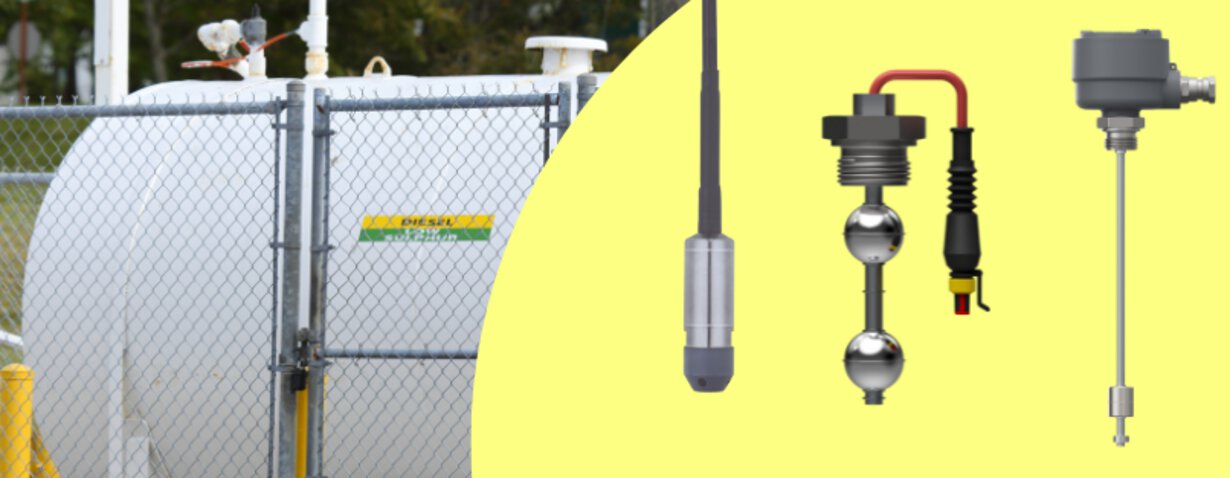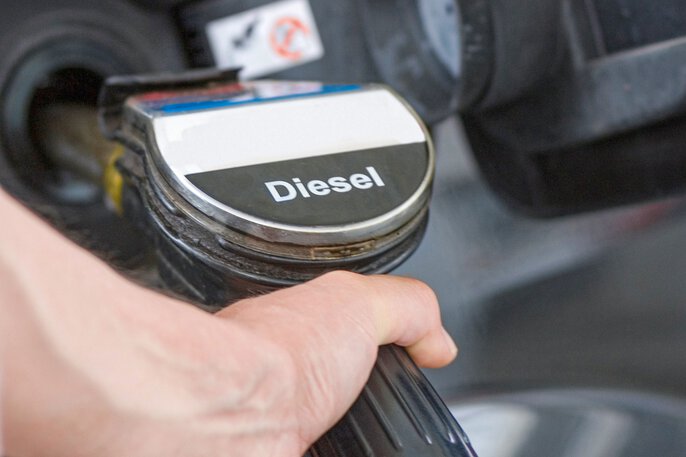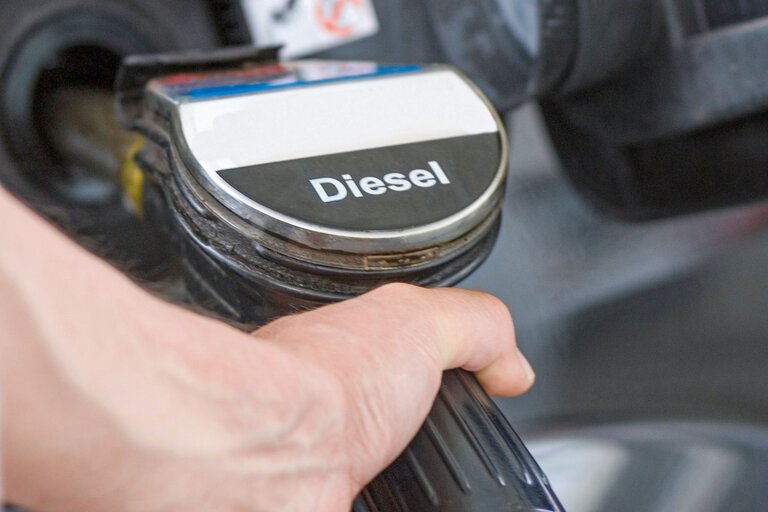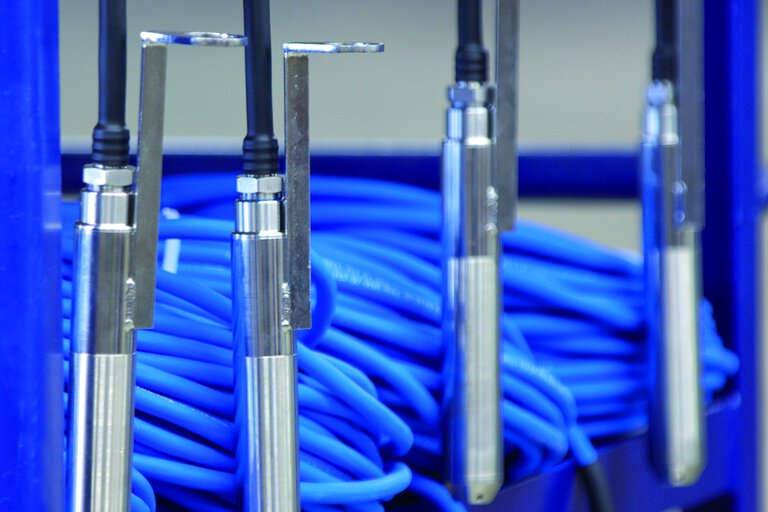

Fuel level sensors for industrial tank - precise measurement of fuel, diesel, gasoline and AdBlue
Diesel, gasoline and AdBlue differ in their physical and chemical properties, but all make high demands when it comes to reliable level measurement. On the one hand, a high degree of accuracy is required - including under conditions of varying temperatures, vibration and a variety of tank designs, including those mounted outdoors. On the other - the selection of suitable materials is crucial: resistant to the aggressive effects of AdBlue and meeting ATEX requirements for flammable liquids.
In this article, we discuss what to look for when selecting a level sensor for diesel, gasoline and AdBlue tanks. We outline the technical requirements, typical difficulties, and specific measurement solutions from our portfolio that work well in industrial settings. Check it out!
What are the challenges of measuring fuel, diesel and AdBlue levels?
Measuring the level of fuels, diesel and AdBlue in industrial tanks involves a number of technical challenges that have a direct impact on safety, accuracy of readings and efficiency of the entire logistics process. First of all, the specific properties of the measured media have to be taken into account - AdBlue is a corrosive liquid, while fuels and diesel are flammable, which requires the use of measuring equipment with appropriate ATEX certificates. An additional complication is the often variable operating conditions of tanks: different ambient temperatures, evaporation of liquids, the possibility of foam formation, and deposits on the walls. All this can affect the reliability of the measurement. In the case of large warehouses, it also becomes important to remotely monitor liquid levels, to integrate with fleet or warehouse management systems, and to be able to generate real-time alarms - for example, in the event of a leak or sudden drop in level. Therefore, an effective measurement system must not only be precise and resistant to environmental conditions, but also easy to integrate and operate.

Diesel level measurement requires precise and safe ATEX sensors that can withstand evaporation, sedimentation and varying tank conditions.
How to select a level sensor for fuel and AdBlue in industrial tanks? Our solution
For reliable and safe level measurement, the selection of the right sensor must take into account both the properties of the medium and the operating conditions. That's why at JUMO we offer specific, proven solutions - both for flammable liquids such as diesel and gasoline and for chemically aggressive AdBlue.
For diesel and gasoline, ATEX-approved sensors are the best choice. For hydrostatic applications, we recommend the MAERA S29 SW probe - made of titanium, chemically resistant and designed for use in hazardous areas. If continuous measurement using float technology is needed, the NESOS R20 LT - also available in ATEX and with a titanium housing - is ideal. For applications where point signaling is sufficient (e.g., MIN/MAX level), consider the compact NESOS R01 LS switch.
In the case of AdBlue, the chemical resistance of the materials used is crucial. Here, too, the aforementioned NESOS R20 LT performs very well - the titanium version ensures durability and reliability even in prolonged contact with urea. An alternative for point measurements is the NESOS R02 LS - a float sensor in titanium version, also available with ATEX certification.
All of the listed devices offer a standard 4-20 mA analog output, allowing for easy integration into automation systems - such as JUMO variTRON controllers, the JUMO Cloud platform or SCADA software.

The NESOS R20 LT level sensor is a reliable solution for continuous measurement of fuel and AdBlue levels, also available in a rugged titanium ATEX-certified version.
Need support in selecting a sensor? Get in touch with us!
Choosing the right level sensor is not just a technical issue - it is a decision that affects the safety, efficiency and continuity of the entire system. Therefore, it is worth betting on proven solutions and experience.
If you measure diesel, gasoline or AdBlue levels and are concerned about reliability, our engineers will be happy to help you select the perfect device for your application - whether it's a simple tank or an elaborate automation system.
Contact us - together we will find the best solution.
About the author
My name is Ewelina Szmit and I have been involved in content marketing for several years, combining my professional skills with my passion for writing. I am convinced that even the most technical topics can be presented in an interesting and accessible way for everyone. Outside of work, I express my creativity by creating collages from newspaper clippings. I like to spend my free time actively, walking my dog or running.

Technical specialist
Katarzyna Tracz - Internal Sales Engineer +48 71 339 32 86 Katarzyna.Tracz@JUMO.net +48 71 339 32 86Comments
We encourage you to leave comments via the form below. They will be published online after they have been approved by our review process.


